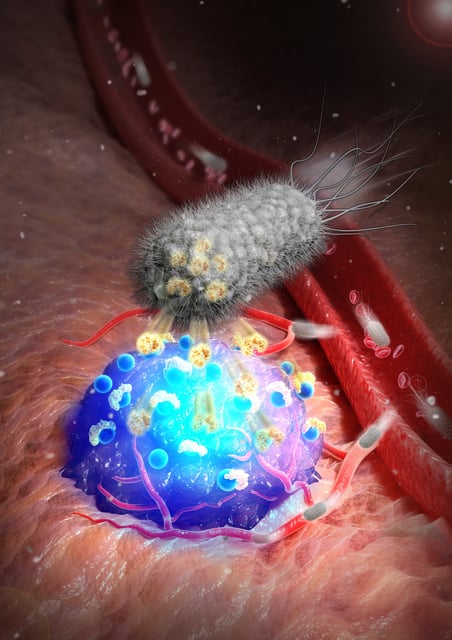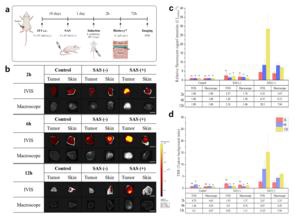Overview
- Preclinical studies demonstrated stable near-infrared fluorescence at tumor sites for more than 72 hours with a tumor-to-background ratio of 15.3
- The system exploits tumor hypoxia and immune evasion to target a broad range of solid cancers without developing cancer-specific agents
- Data show effective bacterial clearance, no systemic toxicity, and no adverse physiological responses in mouse models
- Compatibility tests are adapting the platform for use with existing endoscopic and robotic surgical imaging equipment
- Researchers are engineering therapeutic payloads to expand the technology into a combined diagnostic and treatment tool

